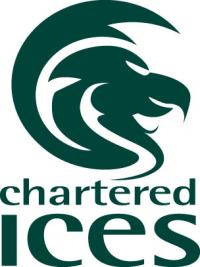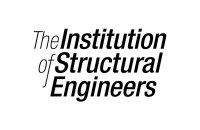Aims & Objectives:
To enable delegates to obtain an appropriate introductory knowledge to their proposed role in the rail industry.
Course Outline:
Signalling Principles
- Absolute Block Signalling
- Track Circuit Block Signalling
- One Train Working
- Tokenless Block
Radio Electronic Token Block
Lineside Signals
- semaphore signals
- colour light signals
Semaphore Signals
- Distant signal
- Stop signal
- Subsidiary signal
- Shunting signal
Colour Light Signals
Multi-Aspect Signals
- Junction Indicator
- Theatre type indicator
- Offset signal
- Position Light Signals
Train Detection
Track Circuits
- Axle Counters
- Treadles
Bi-directional Working
Signal Identification
Failsafe design
Signals passed at danger (SPAD)
Signal Sighting
Trackside Signalling Equipment
- Mechanical Signalling
- Power Operated Signalling
- Point Machines
- Rail Point Clamp Locks
- Hot Axle Box Detectors
Solid State Interlocking (SSI)
Integrated Electronic Control Centre (IECC)
Automatic Warning System (AWS)
Advanced Warning and Protection Systems
- ATP
- TPWS
- ERTMS
Level Crossing Controls
Station Equipment
- Train Ready to Start Plungers (TRTS)
- Right Away Plunger (RA)
- OFF Indicators
- Public address
- Closed Circuit Television (CCTV)
- Platform Mirrors
Communications
A mixture of tutor input, videos, syndicate work and practical demonstrations
on a model railway will be used to build up the knowledge base required. The
training can be consolidated with case studies and syndicate exercises, using
the model, to apply the learning to a realistic situation. Delegates can be
assessed on the basis of an individual written test.
Intended For:
Managers, project managers, professional, technical and supervisory staff who will be involved in the planning, design, management or execution of work in the rail industry








